A Pattern Language
After a ten-year silence, Christopher Alexander and his colleagues at the Center for Environmental Structure are now publishing a major statement in the form of three books which will, in their words, lay the basis for an entirely new approach to architecture, building and planning, which will we
hope replace existing ideas and practices entirely.
The three books are The Timeless Way of Building, The Oregon Experiment, and this book, A Pattern Language. At the core of these books is the idea that people should design for themselves their own houses, streets, and communities. This idea may be radical (it implies a radical transformation of the architectural profession) but it comes simply from the observation that most of the wonderful places of the world were not made by architects but by the people.

The Well-Tempered City
In The Well-Tempered City, Jonathan F. P. Rose—the man who “repairs the fabric of cities”—distills a lifetime of interdisciplinary research and firsthand experience into a five-pronged model for how to design and reshape our cities with the goal of equalizing their landscape of opportunity. Drawing from the musical concept of “temperament” as a way to achieve harmony, Rose argues that well-tempered cities can be infused with systems that bend the arc of their development toward equality, resilience, adaptability, well-being, and the ever-unfolding harmony between civilization and nature. These goals may never be fully achieved, but our cities will be richer and happier if we aspire to them, and if we infuse our every plan and constructive step with this intention.
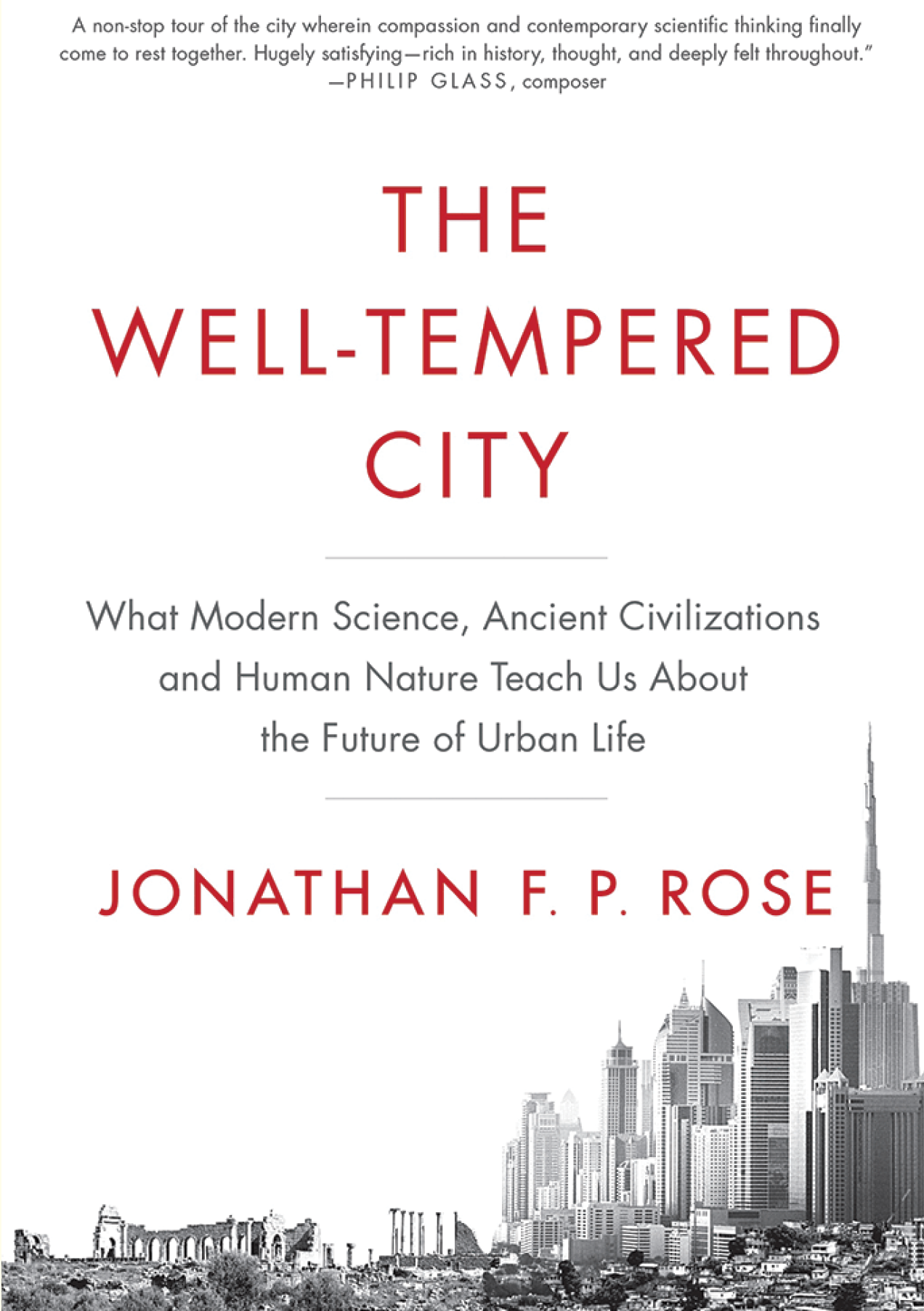
Resilient Cities
Resilient Cities reveals how the resilient city characteristics have been achieved in communities around the globe. The authors offer stories, insights, and inspiration for urban planners, policymakers, and professionals interested in creating more sustainable, equitable, and, eventually, regenerative cities. Most importantly, the book is about overcoming fear and generating hope in our cities. Cities will need to claim a different future that helps us regenerate the whole planet–this is the challenge of resilient cities.
By Peter Newman, Timothy Beatley, Heather Boyer.

Velotopia
In Velotopia: The Production of Cyclespace in Our Minds and Our Cities, architectural theorist and historian Steven Fleming, a leading international figure in bicycle urbanism and author of the bestselling Cycle Space (2013), argues that the best-connected cities in the future will be those that put cycling before walking and public transport. According to Fleming, cities organized around cycling will be greener and healthier, but also fairer and more accessible than today’s cities–more productive, comfortable, social and fun. In this volume, Fleming dares readers to think big, to radically reimagine cities and city life around movement on two wheels.

Social Infrastructure
World-renown architect Bjarke Ingels shares his process and projects in this light and thoughtful TEDx talk.
Watch it on YouTube.
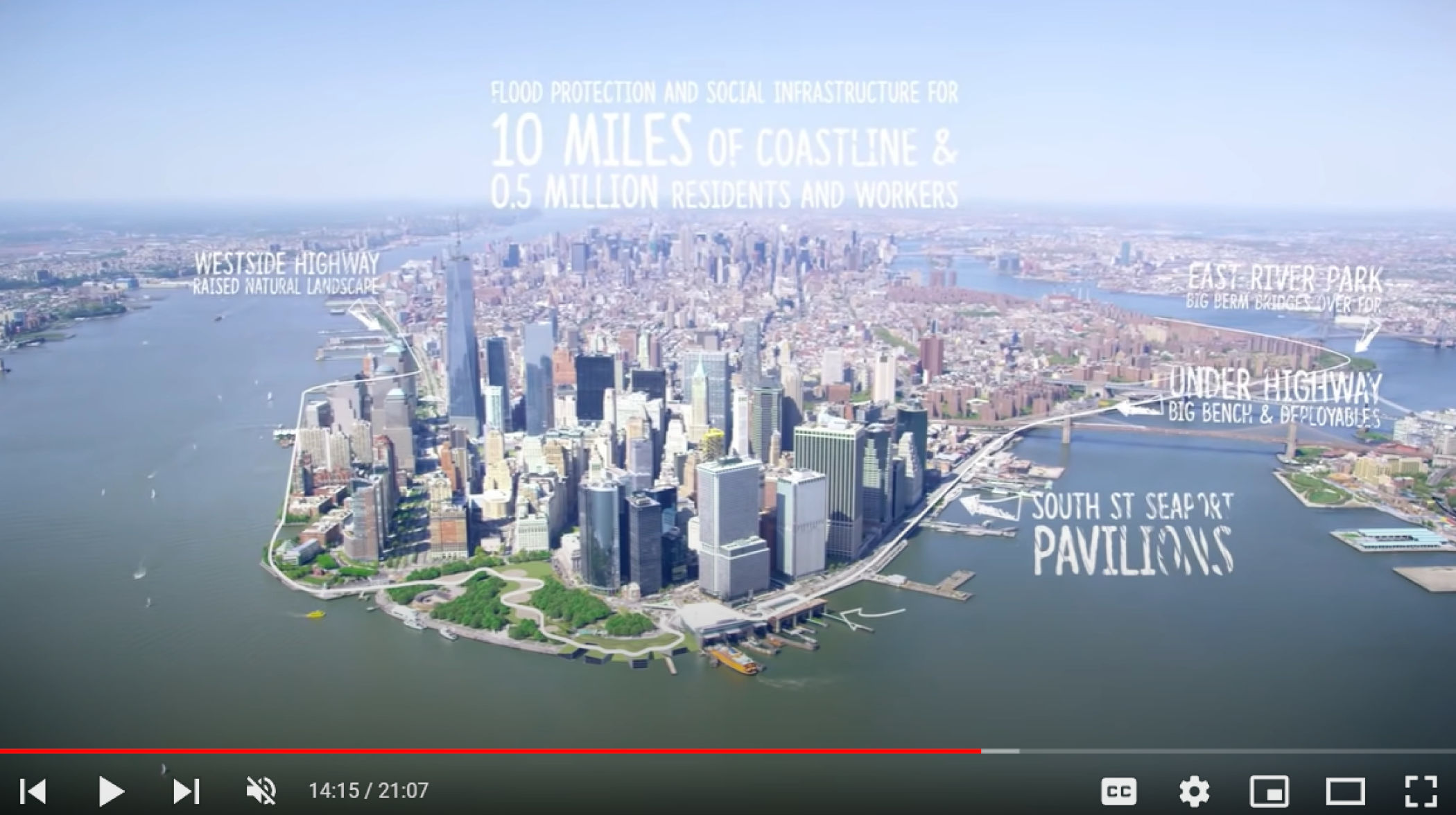
Cool Cities
Climate change is the most urgent challenge we face in an interdependent world where independent nations have grown increasingly unable to cooperate effectively on sustainability. In Cool Cities, renowned political theorist Benjamin R. Barber describes how cities, by assuming important aspects of sovereignty, can take the lead from faltering nation states in fighting climate change. Barber argues that with more than half the world’s population now in urban areas, where 80 percent of both GDP and greenhouse gas emissions are generated, cities are the key to the future of democracy and sustainability.
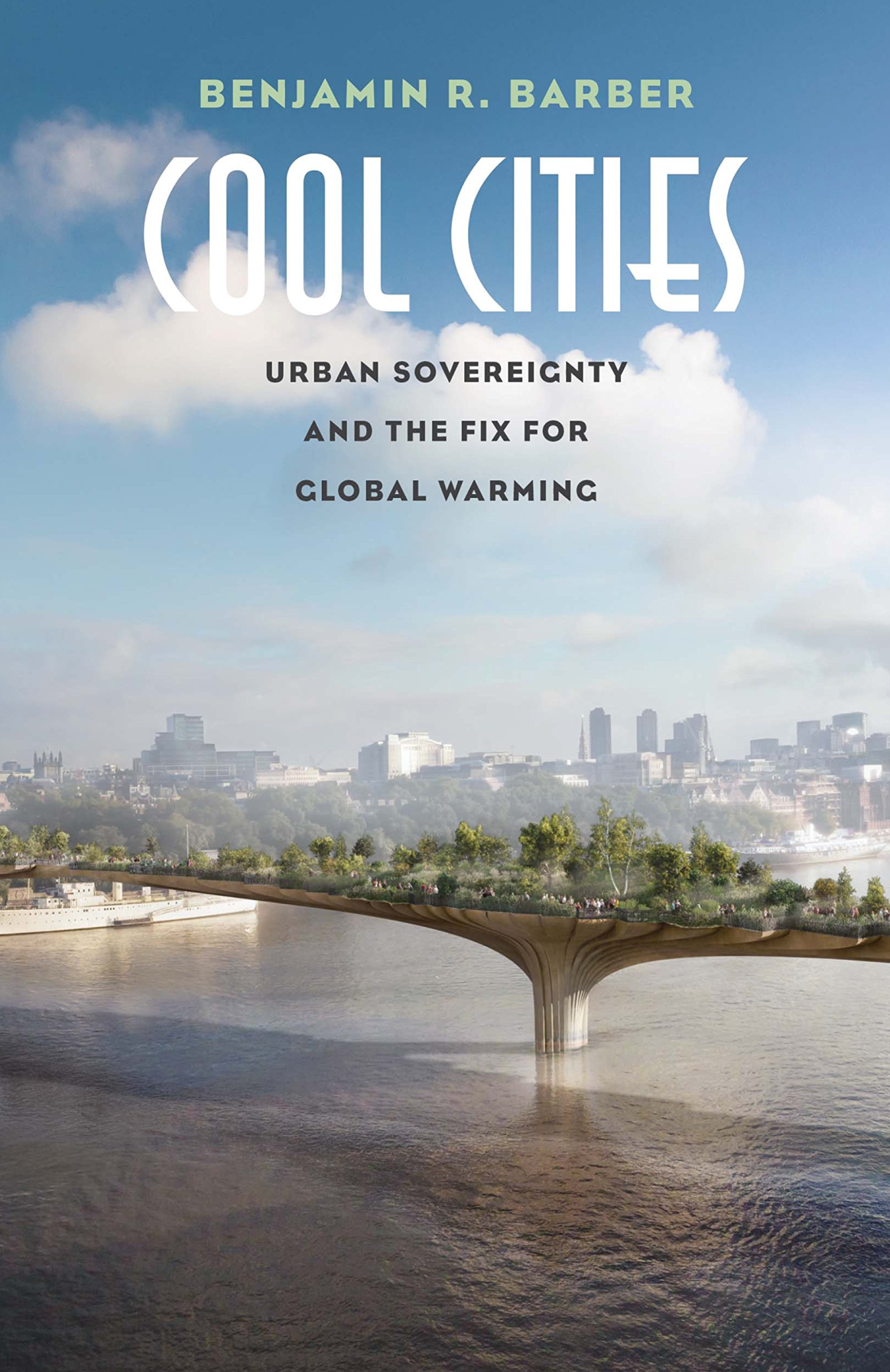
Environmental Psychology
Environmental Psychology offers a research-based introduction to the psychological relationship between humans and their built and natural environments and discusses how sustainable environments can be created to the benefit of both people and nature.
By Linda Steg and Judith I.M. De Groot.
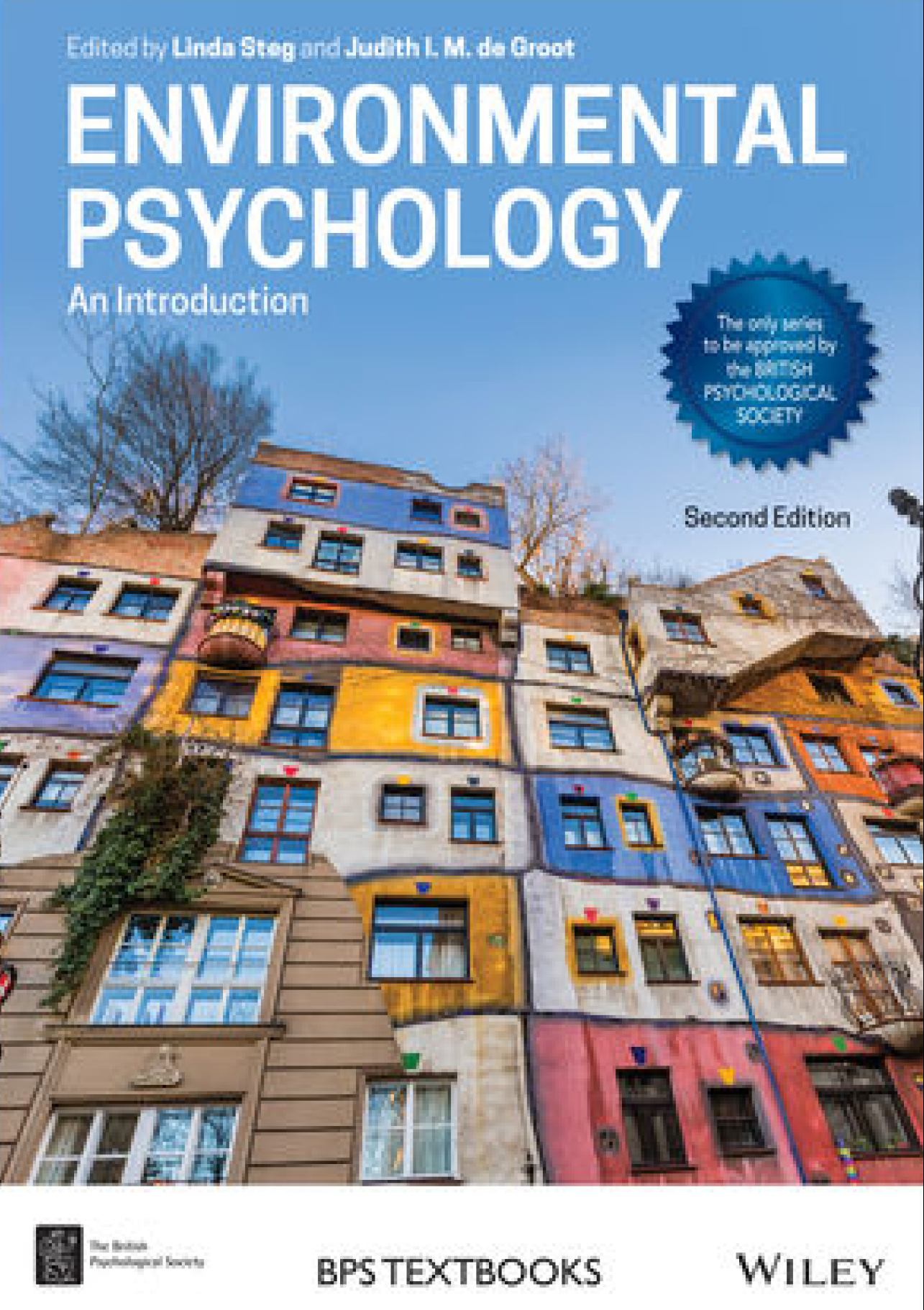
Can a City Be Sustainable?
Can a City Be Sustainable? first puts our current moment in context, tracing cities in the arc of human history. It also examines the basic structural elements of every city: materials and fuels; people and economics; and biodiversity. In part two, professionals working on some of the world’s most inventive urban sustainability projects share their first-hand experience. Success stories come from places as diverse as Ahmedabad, India; Freiburg, Germany; and Shanghai, China. In many cases, local people are acting to improve their cities, even when national efforts are stalled. Parts three and four examine cross-cutting issues that affect the success of all cities. Topics range from the nitty-gritty of handling waste and developing public transportation to civic participation and navigating dysfunctional government.
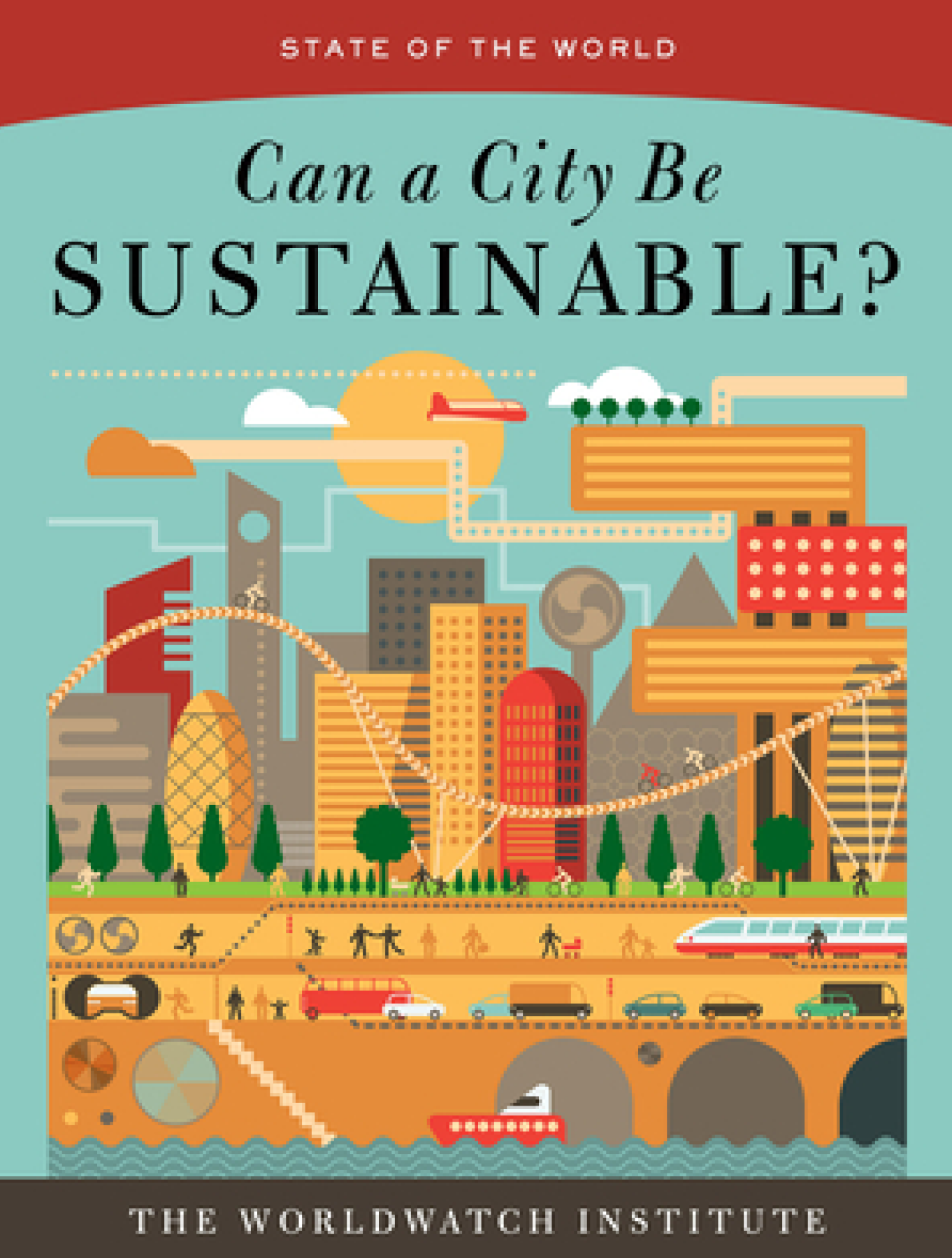
Rethinking Sustainable Cities
Sustainable urbanization has moved to the forefront of political debate and policy agendas for numerous reasons. Among the most important are a growing appreciation both of the implications of rapid urbanization now occurring in China, India, and many other low and middle income countries with historically low urbanization levels and of the related challenges posed to urban areas worldwide by climate and environmental change. Conceptualizing urban sustainability for this new era, Rethinking Sustainable Cities makes a clear contribution to the sustainable urbanization agenda through authoritative interventions that contextualize, assess, and explain the importance of three central characteristics of sustainable towns and cities everywhere: that they should be fair, green, and accessible.

Human Transit
Public transit is a powerful tool for addressing a huge range of urban problems, including traffic congestion and economic development as well as climate change. But while many people support transit in the abstract, it’s often hard to channel that support into good transit investments. Part of the problem is that transit debates attract many kinds of experts, who often talk past each other. Ordinary people listen to a little of this and decide that transit is impossible to figure out. Jarrett Walker believes that transit can be simple, if we focus first on the underlying geometry that all transit technologies share. In Human Transit, Walker supplies the basic tools, the critical questions, and the means to make smarter decisions about designing and implementing transit services. Human Transit explains the fundamental geometry of transit that shapes successful systems; the process for fitting technology to a particular community; and the local choices that lead to transit-friendly development. Whether you are in the field or simply a concerned citizen, here is an accessible guide to achieving successful public transit that will enrich any community.
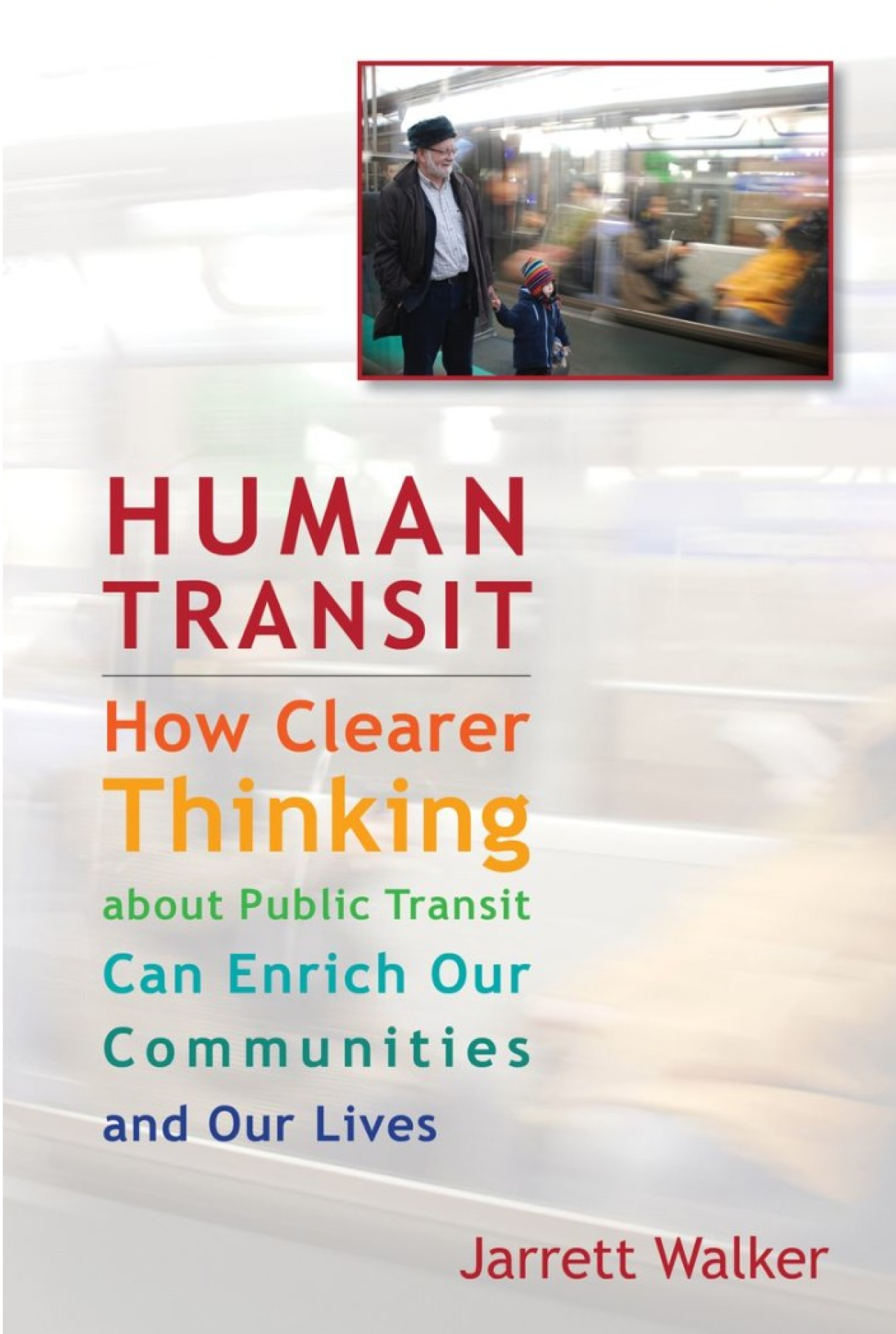
Why New Orleans Matters
Ten years ago, in the aftermath of Hurricane Katrina and the disaster that followed, promises were made, forgotten, and renewed. What would become of New Orleans in the years ahead? How would this city and its people recover—and what meaning would its story have, for America and the world?
In Why New Orleans Matters, first published only months after the disaster, award-winning author and longtime New Orleans resident Tom Piazza illuminates the storied culture and still-evolving future of this great and vital American metropolis. Piazza evokes the sensuous textures of the city that gave us jazz music, Creole cooking, and a unique style of living; he examines the city’s undercurrents of corruption and racism, and explains how its people endure and transcend them. And, perhaps most important, he bears witness to the city’s spirit: its grace and beauty, resilience and soul.
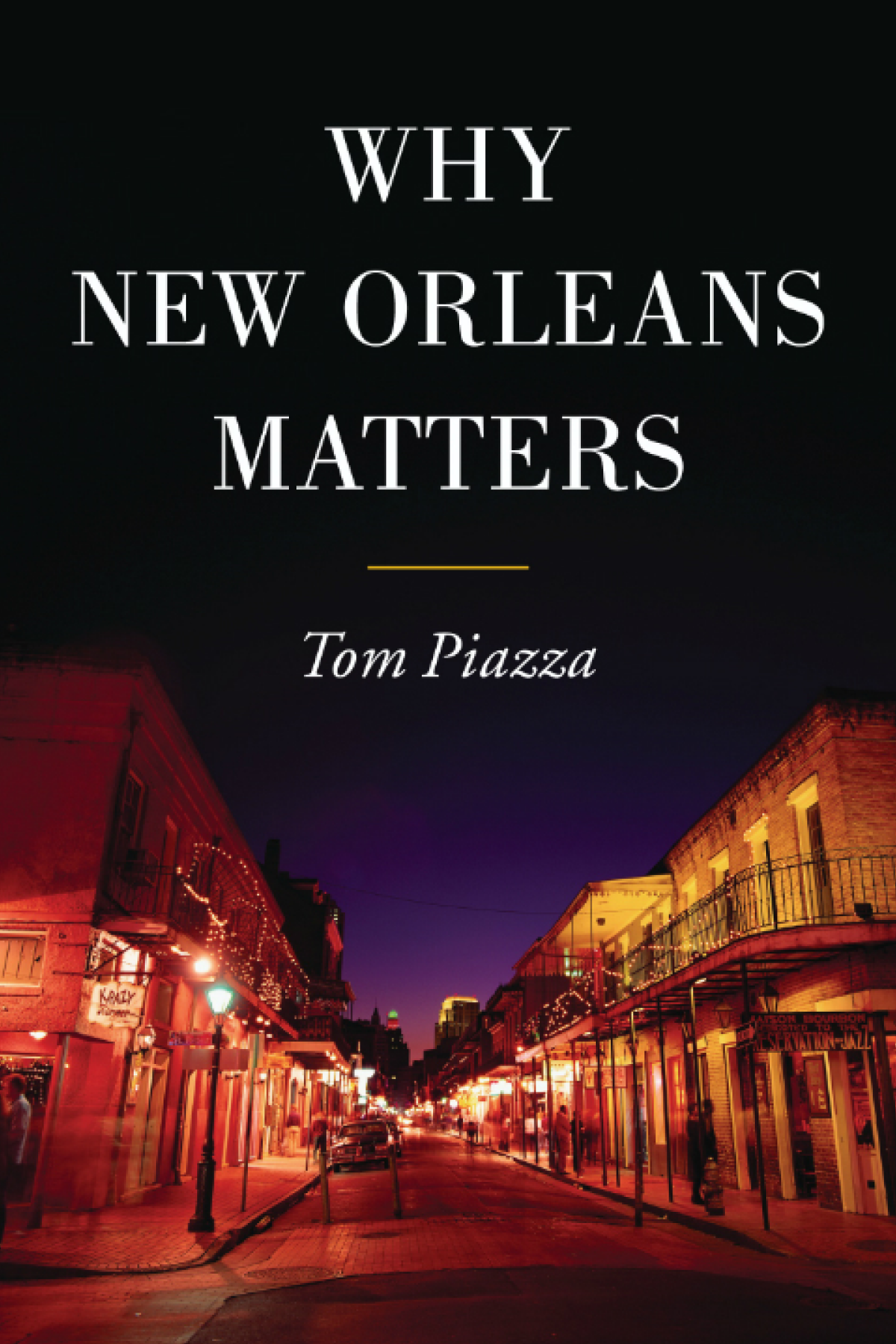
Green Metropolis
Most Americans think of crowded cities as ecological nightmares, as wastelands of concrete and garbage and diesel fumes and traffic jams. Yet residents of compact urban centers, Owen shows, individually consume less oil, electricity, and water than other Americans. They live in smaller spaces, discard less trash, and, most important of all, spend far less time in automobiles.
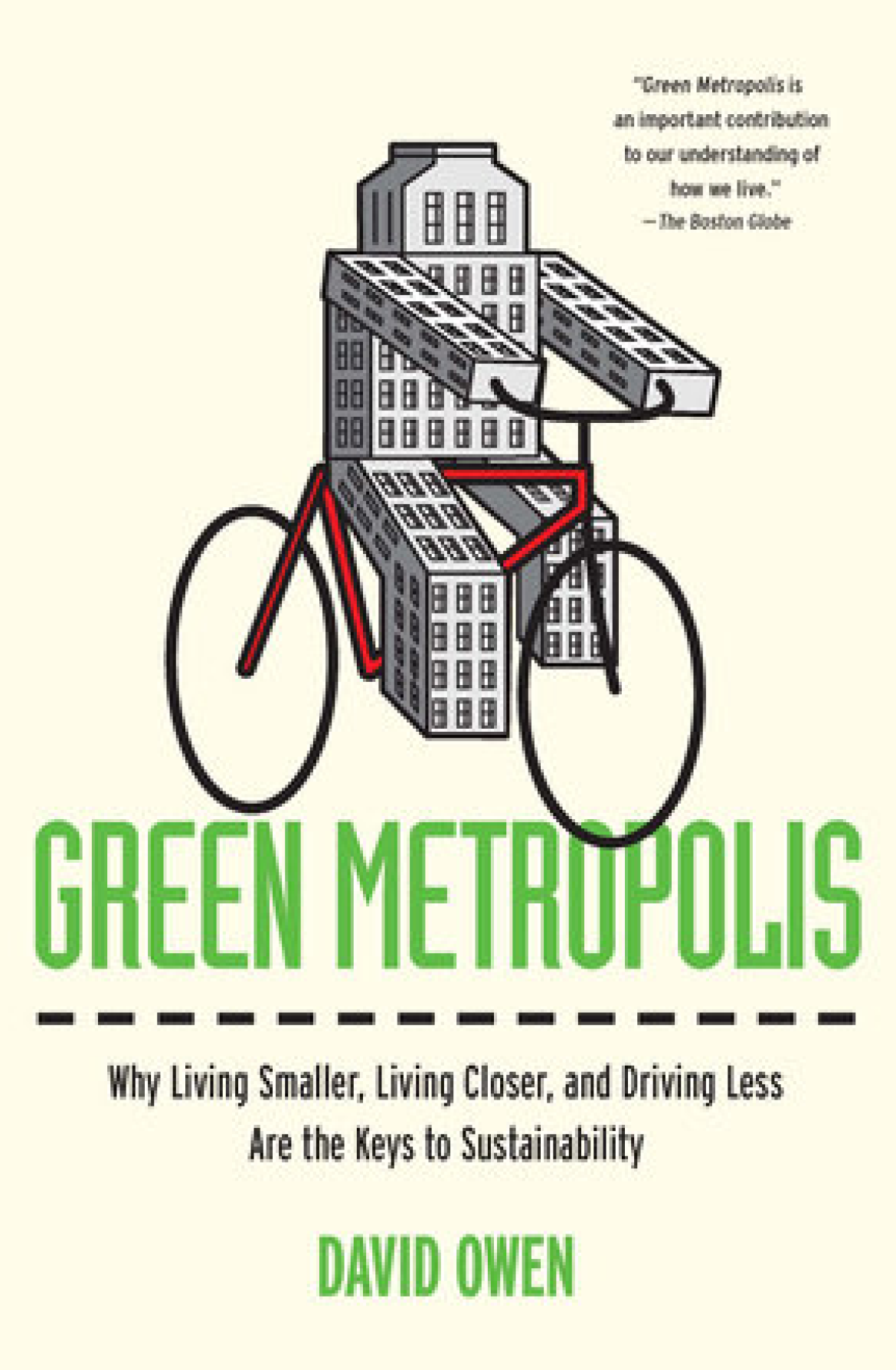
Curbed
Curbed is an American real estate and urban design website founded as a blog by Lockhart Steele in 2006. The full website, founded in 2010, featured sub-pages dedicated to specific real estate markets and metropolitan areas across the United States.
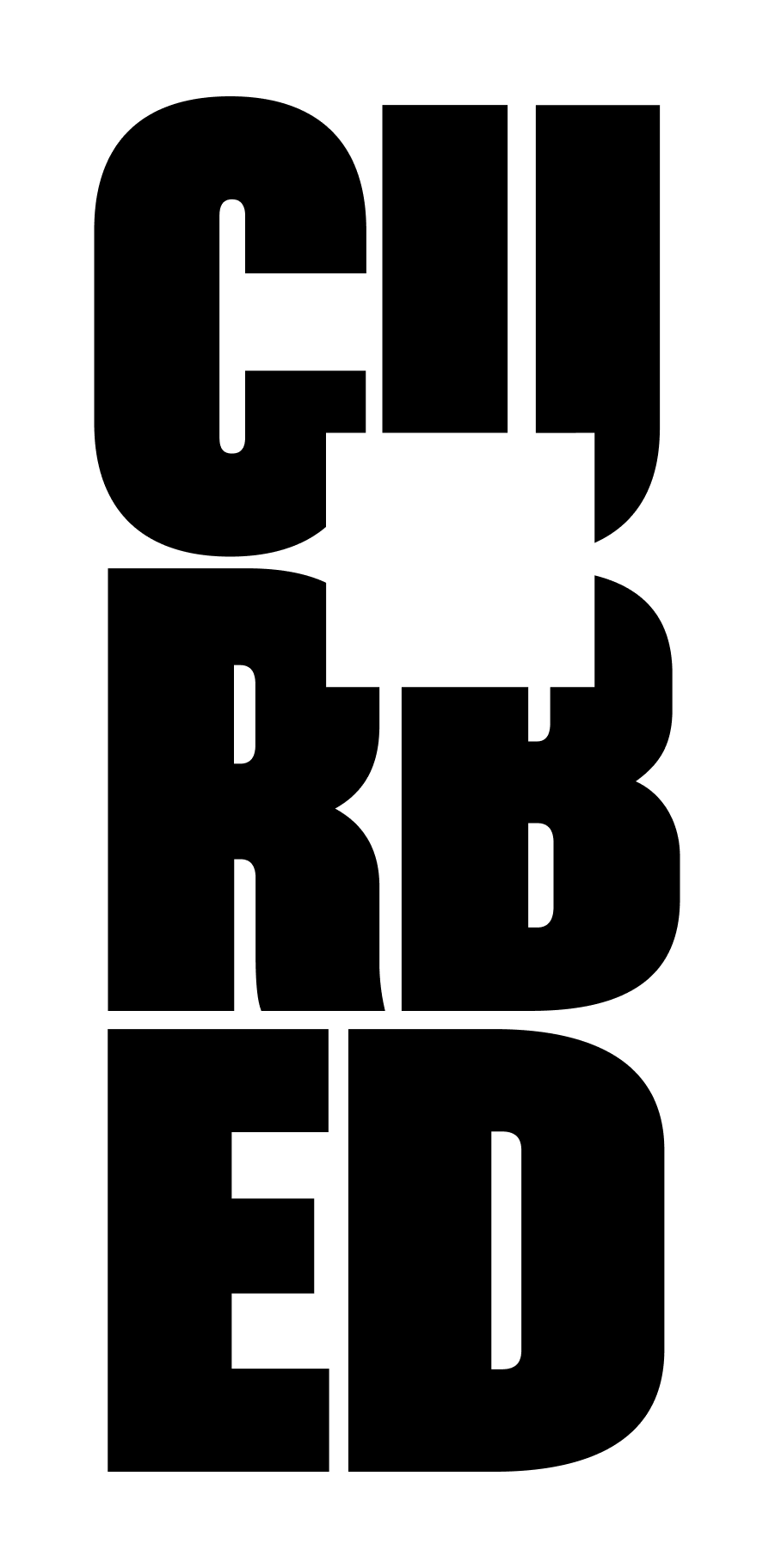
Curbing Traffic
In Curbing Traffic: The Human Case for Fewer Cars in Our Lives, Melissa and Chris Bruntlett chronicle their experience living in the Netherlands and the benefits that result from treating cars as visitors rather than owners of the road. They weave their personal story with research and interviews with experts and Delft locals to help readers share the experience of living in a city designed for people.
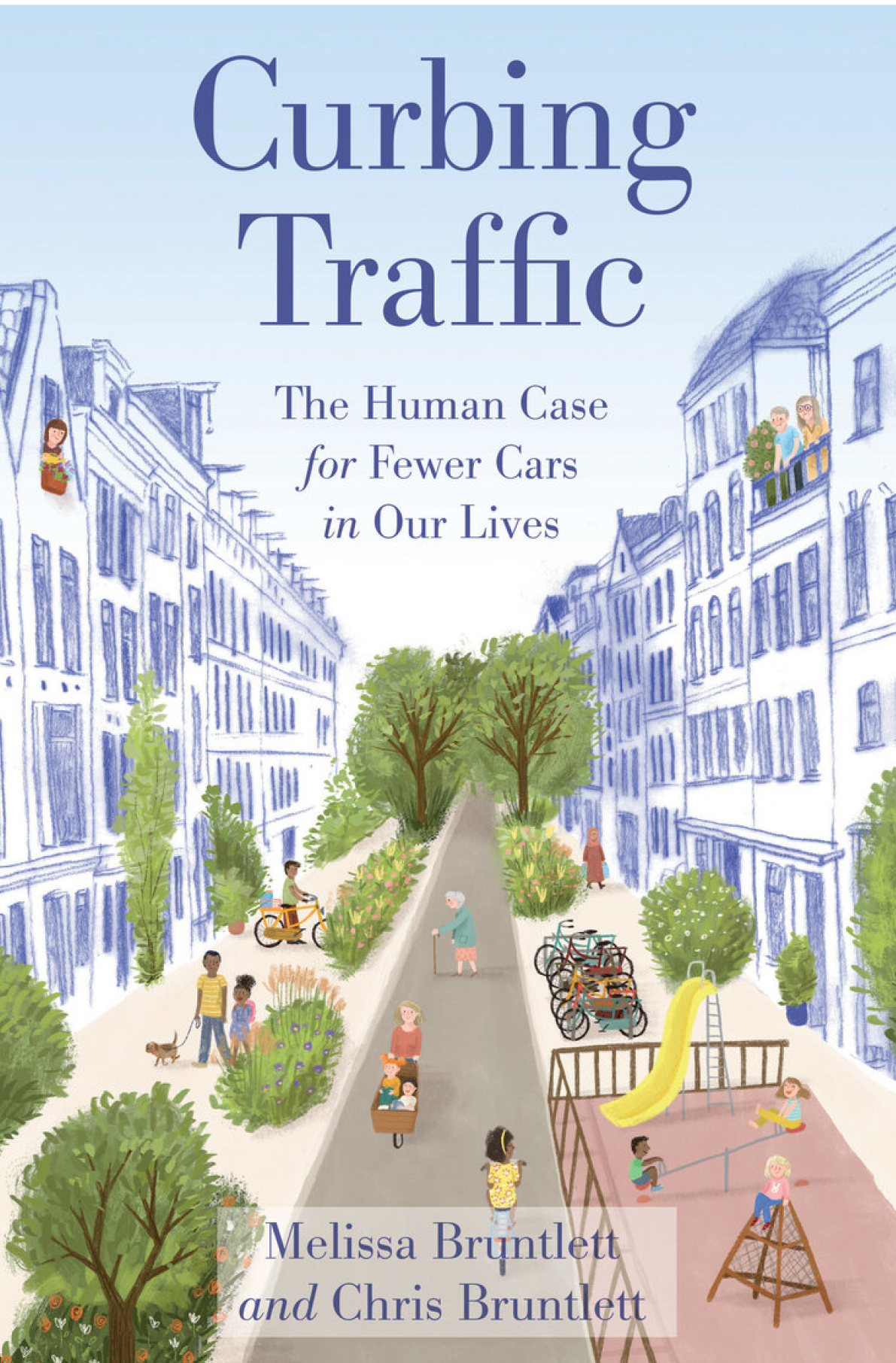
Pedestrian Observations
Pedestrian Observations is a blog by Alon Levy. Alon grew up in Tel Aviv and Singapore; subsequently lived in New York, Providence, Vancouver, and Stockholm; and currently lives in Paris. He writes about public transit full-time.
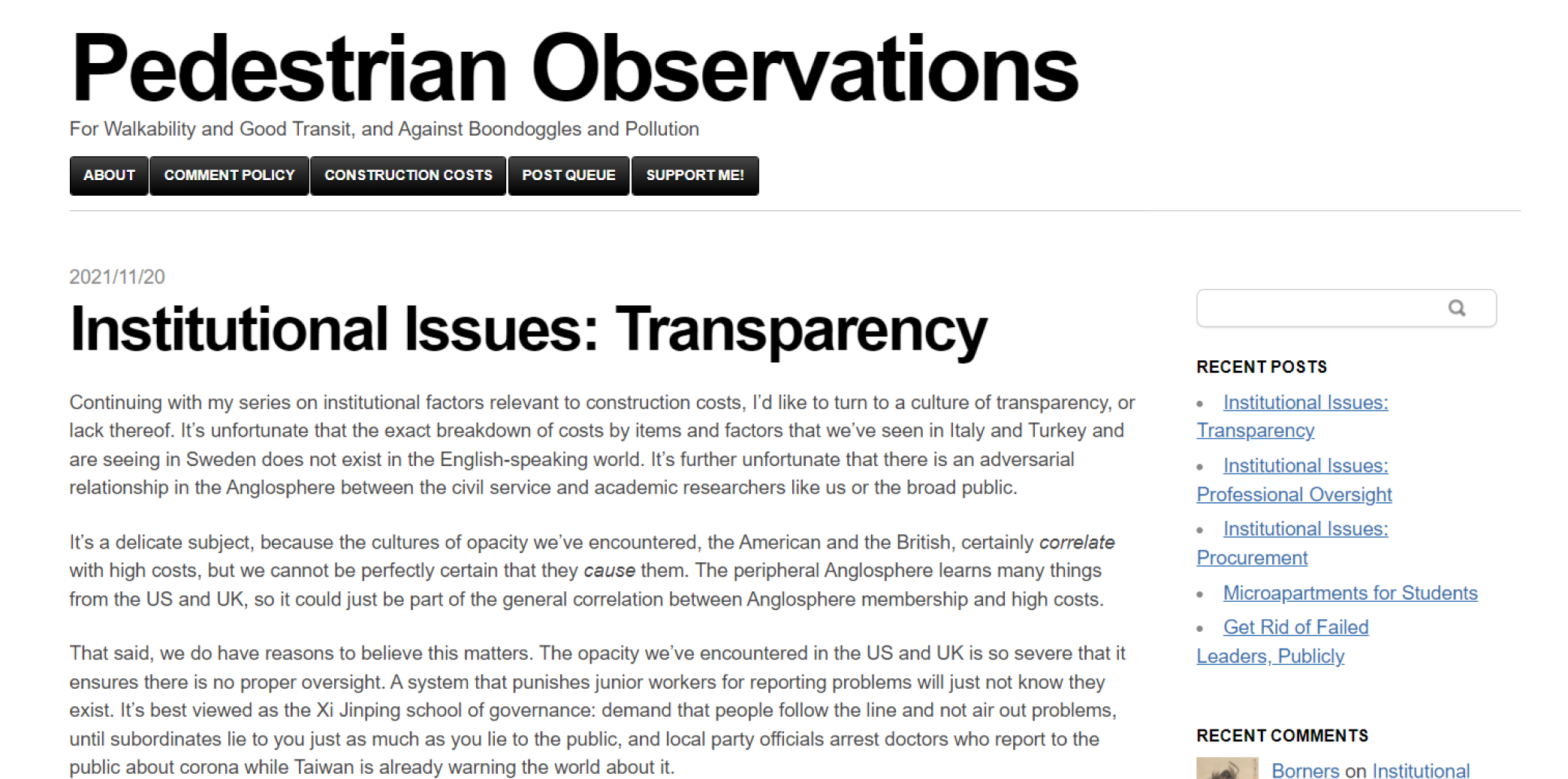
The Future of the Suburban City
In The Future of the Suburban City, Phoenix native Grady Gammage, Jr. looks at the promise of the suburban city as well as the challenges. He argues that places that grew up based on the automobile and the single-family home need to dramatically change and evolve. But suburban cities have some advantages in an era of climate change, and many suburban cities are already making strides in increasing their resilience. Gammage focuses on the story of Phoenix, which shows the power of collective action — government action — to confront the challenges of geography and respond through public policy. He takes a fresh look at what it means to be sustainable and examines issues facing most suburban cities around water supply, heat, transportation, housing, density, urban form, jobs, economics, and politics.
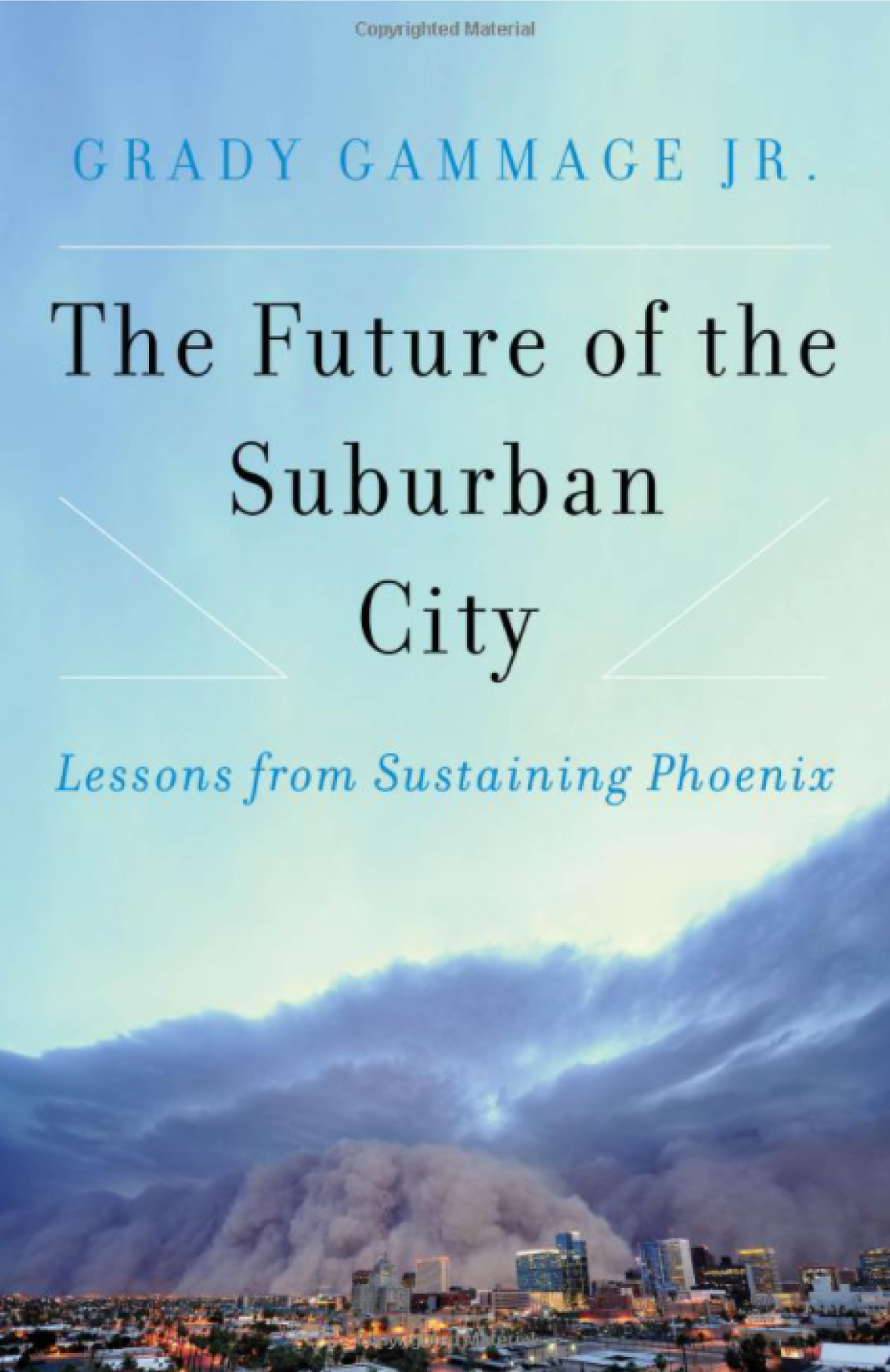
Cities for People
For more than forty years Jan Gehl has helped to transform urban environments around the world based on his research into the ways people actually use—or could use—the spaces where they live and work. In Cities for People, Gehl presents his latest work creating (or recreating) cityscapes on a human scale. He clearly explains the methods and tools he uses to reconfigure unworkable cityscapes into the landscapes he believes they should be: cities for people.
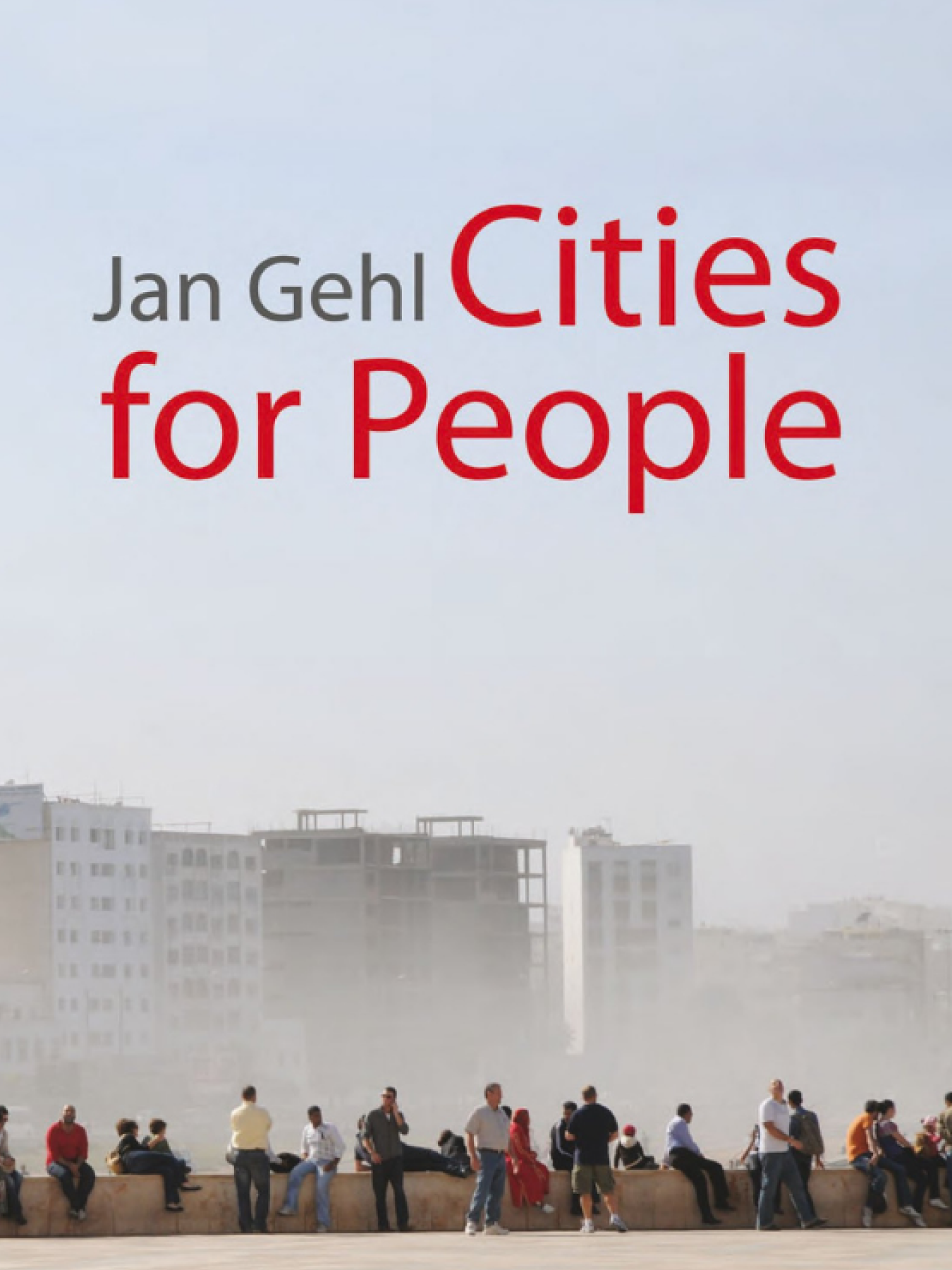
The Ideal City
The city is an always changing human experiment. But in the last half century, it has changed more than ever before – with little sign of slowing down. As this phenomenon takes place, an increasing number of architects, innovators and policy-makers are rethinking the city to make the most of space and resources. This book chronicles the design of urban futures. From apps designed to curb food waste to inventive fresh water infrastructure, The Ideal City explores the many initiatives and experiments, all with the shared goal of making the cities of tomorrow a happier, healthier and more inclusive place to be.

CityLab
Produced by Bloomberg Philanthropies and The Aspen Institute, Bloomberg CityLab is the leading global summit for city leaders and cross-sector urban thinkers, experts, and artists to connect with each other and to create and share scalable solutions for cities’ most pressing challenges.
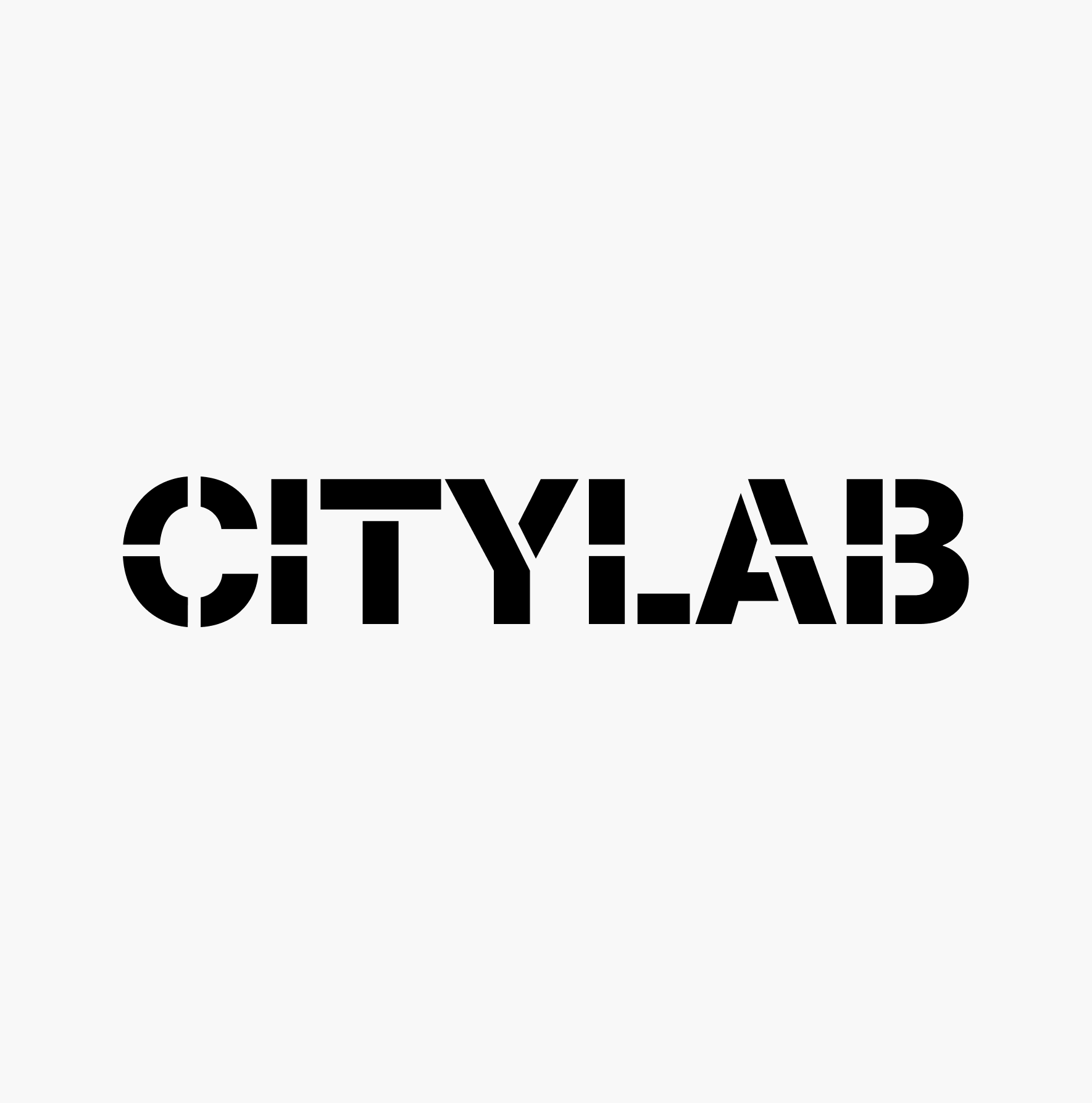
Urbanized
Urbanized is a feature-length documentary about the design of cities, which looks at the issues and strategies behind urban design and features some of the world’s foremost architects, planners, policymakers, builders, and thinkers.
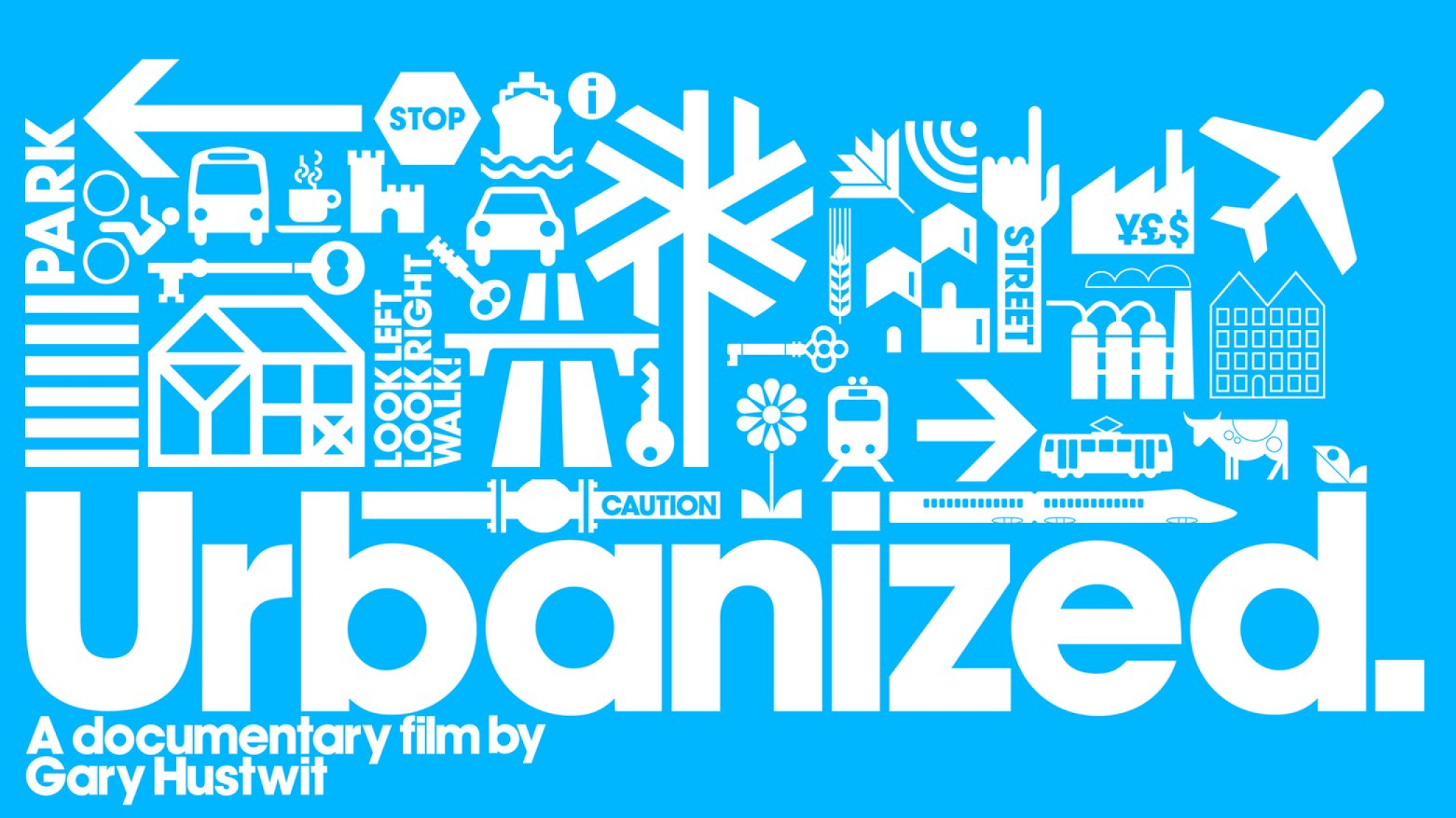
City Beautiful
City Beautiful is a YouTube channel dedicated to educating everyone about cities and city planning, particularly transportation, land use planning, and urban design.

Smart Cities
Over the past ten years, urban planners, technology companies, and governments have promoted smart cities with a somewhat utopian vision of urban life made knowable and manageable through data collection and analysis. Emerging smart cities have become both crucibles and showrooms for the practical application of the Internet of Things, cloud computing, and the integration of big data into everyday life. Are smart cities optimized, sustainable, digitally networked solutions to urban problems? Or are they neoliberal, corporate-controlled, undemocratic non-places? Smart Cities offers a concise introduction to smart cities, presenting key concepts, definitions, examples, and historical contexts, along with discussions of both the drawbacks and the benefits of this approach to urban life.
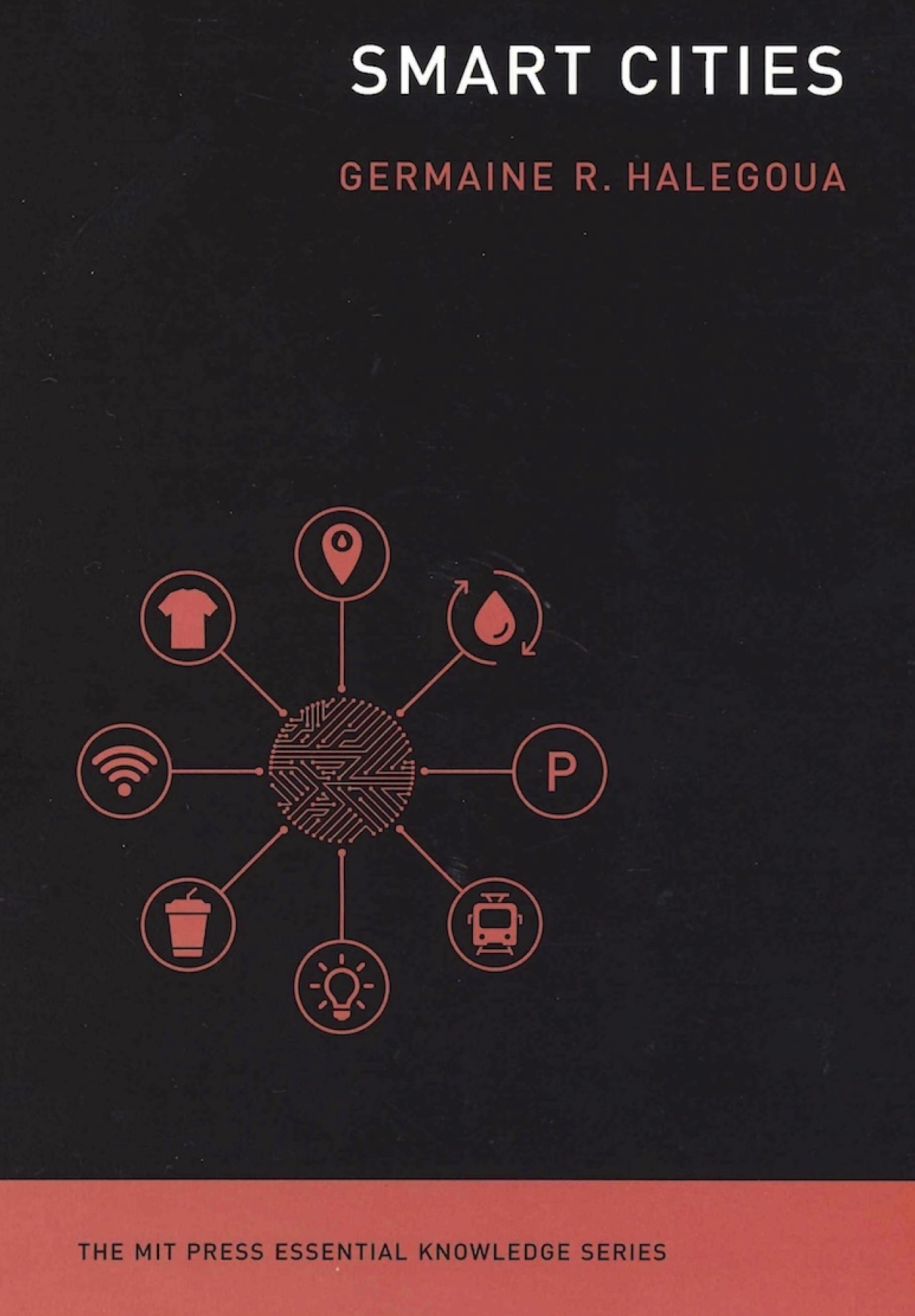
Walkable City
Jeff Speck has dedicated his career to determining what makes cities thrive. And he has boiled it down to one key factor: walkability. Making downtown into a walkable, viable community is the essential fix for the typical American city; it is eminently achievable and its benefits are manifold. Walkable City—bursting with sharp observations and key insights into how urban change happens—lays out a practical, necessary, and inspiring vision for how to make American cities great again.
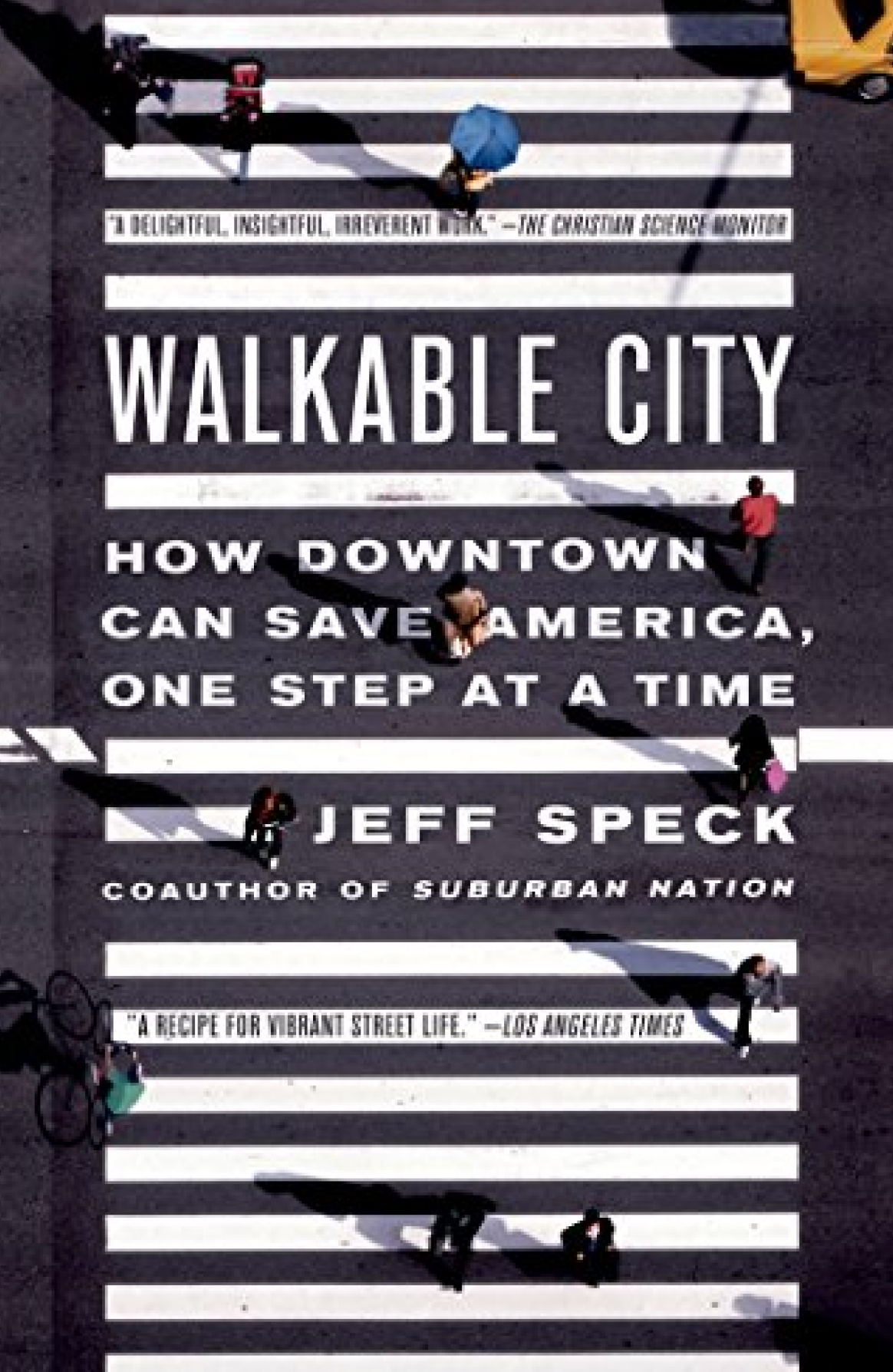
Streetfight: Handbook for an Urban Revolution
As New York City’s transportation commissioner, Janette Sadik-Khan managed the seemingly impossible and transformed the streets of one of the world’s greatest, toughest cities into dynamic spaces safe for pedestrians and bikers. Her approach was dramatic and effective: Simply painting a part of the street to make it into a plaza or bus lane not only made the street safer, but it also lessened congestion and increased foot traffic, which improved the bottom line of businesses. Real-life experience confirmed that if you know how to read the street, you can make it function better by not totally reconstructing it but by reallocating the space that’s already there.
Breaking the street into its component parts, Streetfight demonstrates, with step-by-step visuals, how to rewrite the underlying “source code” of a street, with pointers on how to add protected bike paths, improve crosswalk space, and provide visual cues to reduce speeding. Achieving such a radical overhaul wasn’t easy, and Streetfight pulls back the curtain on the battles Sadik-Khan won to make her approach work. She includes examples of how this new way to read the streets has already made its way around the world, from pocket parks in Mexico City and Los Angeles to more pedestrian-friendly streets in Auckland and Buenos Aires, and innovative bike-lane designs and plazas in Austin, Indianapolis, and San Francisco. Many are inspired by the changes taking place in New York City and are based on the same techniques. Streetfight deconstructs, reassembles, and reinvents the street, inviting readers to see it in ways they never imagined.
